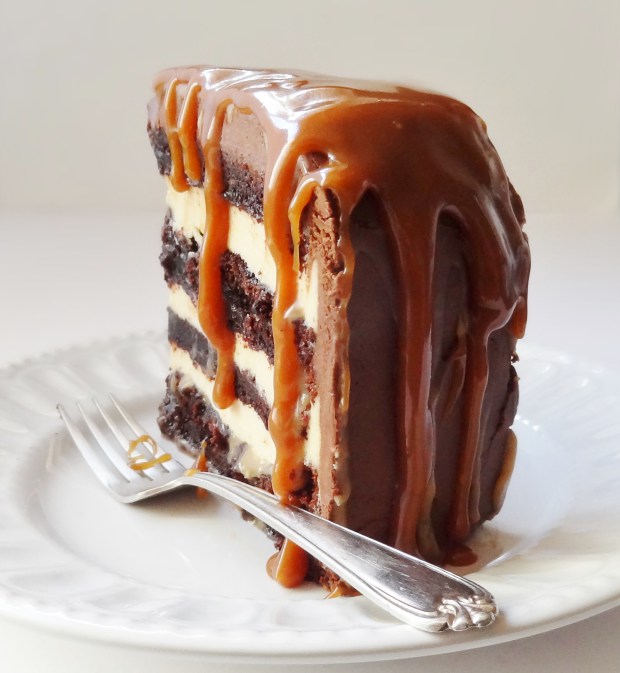
Published: 22-01-2016
Cakes
The standard ratio for either dense or light sponge cake is equal parts flour, sugar, egg and butter. The dense sponge cake (pound cake, madeira) can be made by simply mixing all the ingredients together, creaming the sugar and butter first. The light airy sponge (genoise) can is made by whisking the eggs and sugar first, then folding in the flour and and melted butter. Neither of these cakes actually require leavening agent (baking powder) as the eggs perform this role. For a guaranteed lift people generally like to use some baking powder as well. About 1g per 25g flour should do the trick.
Ratio Substitution
The general ratio can be adjusted indefinitely to change properties, textures and add in flavours.
Fat Substitution
Apparently adding vegetable oil can make the cake slightly more moist. Using buttermilk or yogurts add a nice flavour to the cake. The acidity is normally balanced by using bicarbonate of soda instead of baking powder. Butter is actually ~20% water and so it should not be replaced completely by another fat such as oil. Instead ~80% could be replaced and then 20% replaced by another ingredient such as milk/yogurt/buttermilk. The best cake I've made had the butter replaced by 2/3s buttermilk and 1/3 vegetable oil.
Flavouring
Making a chocolate cake is simply a case of replacing some flour with cocoa powder. Adding boiling water to the cake can help the cocoa powder mix in. It also aids in allowing the acid (buttermilk) to react with the bicarbonate of soda. When adding water it normally replaces some of the eggs which account for the majority of moisture in a cake batter. Eggs are particularly good at helping the cocoa mix in and help bring out the chocolatey flavour. Coffee could be used instead of water to add more flavour. Don't remove to much egg though or it will collapse. The egg proteins form a layer around each air bubble. As the temperature of the cake rises in the oven, this layer coagulates to form a rigid wall around each bubble.
Baking Temperature
If too hot, the top of the cake will begin to cook before the center, forcing the mixture to rise up through the cake causing it to look like a volcano. Normally 180 degrees C is a good starting point [1].
References